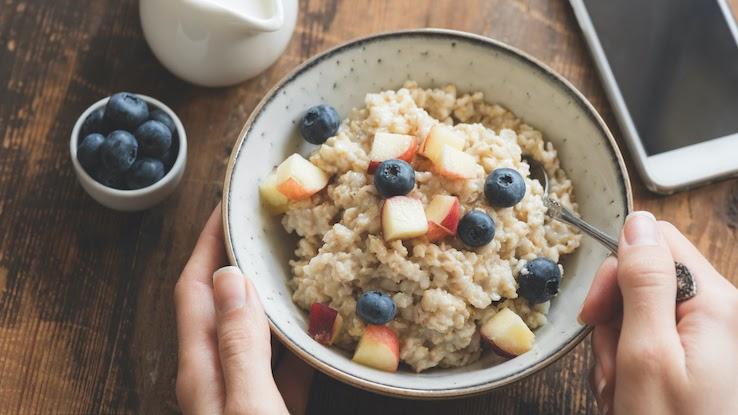
Beta-glucan is a type of water-soluble dietary fiber found in a variety of different foods. Because it’s water soluble, the fiber in beta-glucan-rich foods attracts water and turns to a gel-like consistency during the digestion process. As a result, your digestion slows down a bit when you eat these foods. This can make you feel full longer after you eat — a helpful advantage when you’re working to lose weight. It’s also a benefit for people with diabetes because this helps regulate their bodies’ insulin and blood sugar responses.
Different studies have shown that beta-glucan is excellent for intestinal health and helps to improve heart health and cholesterol levels. In fact, both, the U.S. Food and Drug Administration (FDA) and the European Food Safety Authority have approved claims that consuming 3 grams of beta-glucan specifically from barley or oats can lower blood cholesterol levels by up to 8%.
All of these health benefits mean there’s a lot of value in incorporating beta-glucan into your diet. Luckily, there’s a variety of delicious foods with beta-glucan that make it easier to get started in reaching this goal. Here are seven of them to try out.
Barley
Barley is a chewy cereal grain with a slightly nutty taste. Generally speaking, it has more beta-glucan content than other foods. There are two types of barley you’ll commonly come across: hulled barley and pearled barley. Hulled barley is a whole grain, and the only thing that’s been removed in its processing is the outer husk, which is indigestible. Pearled barley is not considered a whole grain because both its outer husk and bran layer have been polished off, removing some of its fiber content. Regardless, both types include lots of beta-glucan.
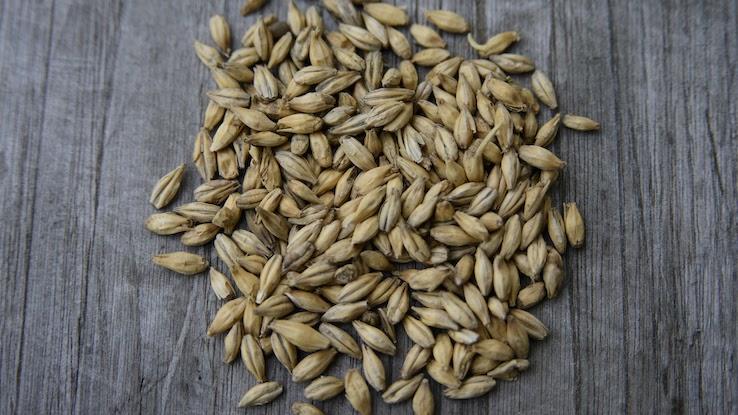
Some people choose pearled barley over hulled barley because it’s faster and easier to cook; the softer grains of pearled barley soften in around 40 minutes. Hulled barley takes roughly an hour longer. Either way, there are lots of ways to include it in your diet, as it’s often used in soup, salad, bread and stew recipes.
Oats
Like barley, oats are a type of grain with cereal beta-glucan due to their rich fiber content and the fact that they’re cereal grains. Depending on the time of year when oats are grown, their beta-glucan content can vary slightly, but they’re a great primary source of this fiber type regardless.
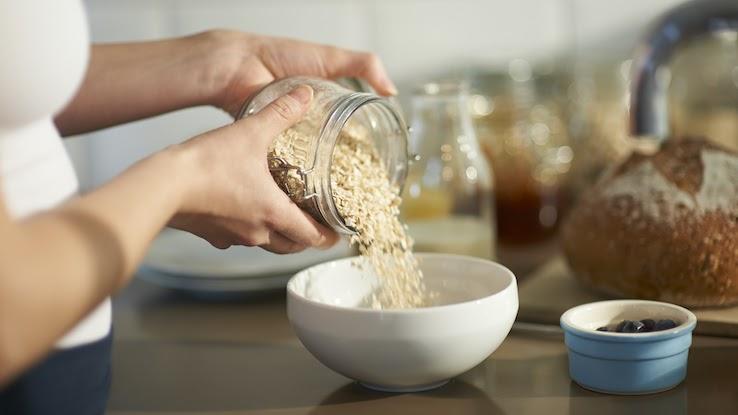
Additionally, the amount of processing the oats have gone through before they reach your plate or bowl can mildly impact their beta-glucan content. Listed from least to most processed, you can find oats in the following forms: oat groats, steel-cut oats (also known as Irish oats), Scottish oats, rolled (or old-fashioned) oats, instant oats, oat bran and oat flour. The easiest and most popular way to eat oats is in oatmeal. However, you can also include oats in smoothies, cookies, muffins, pancakes, bars and even as breading for chicken.
Mushrooms
Many edible mushrooms are great sources of beta-glucan, but shiitake, reishi and maitake mushrooms are better than the rest. Beta-glucan is found mostly in a mushroom’s fungal cell wall. As an added bonus, mushrooms are also packed with plant nutrients that can have anti-inflammatory and antioxidant effects in your body.
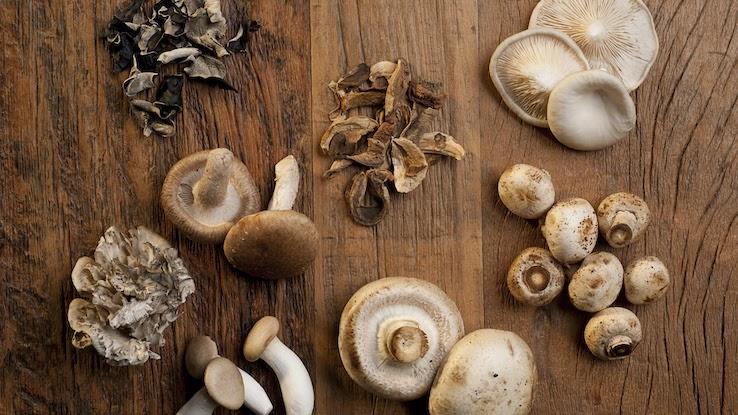
Because mushrooms have lots of health benefits in general, they might already play an active role in your diet. If not, it’s easy to start including them. Put mushrooms into pasta sauce or saute them and add them to a sandwich. Or better yet, make a vegetarian shiitake “burger” using the mushroom’s large cap as a substitute for the patty. Include mushrooms in soups and on salads, or heat some up and eat them on their own as a dinner side.
Sorghum
Sorghum is a gluten-free cereal grain, and though it’s not as widely eaten as other grains, it’s still a valuable source of beta-glucan. For a while, it was commonly used as a sweetener. Now, thanks to the expansion of the market for gluten-free products and the fact that sorghum is nutritious, people have found healthier uses for it.
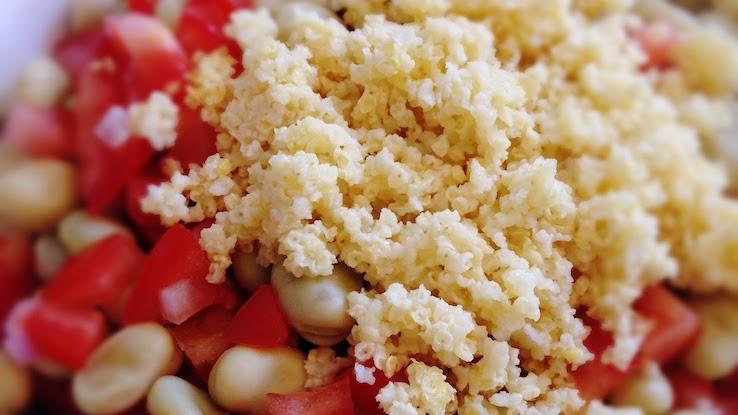
When sorghum is ground up into flour, you can use it as a substitute for almost any other flour. However, its lack of gluten makes a binding agent like cornstarch necessary in baked goods. Sorghum can become the new base of a risotto or other grain bowl. Use it to make gluten-free pasta, bread and desserts. As a fun alternative, you can also pop it like popcorn.
Rye
While rye doesn’t have nearly as much beta-glucan as barley, oats or mushrooms, the fiber is still present in this grain. Unrefined rye is a highly nutritious food on its own, with tons of vitamins, minerals and even some protein. That little bit of beta-glucan in rye can go a long way if you’re including rye in your diet regularly.
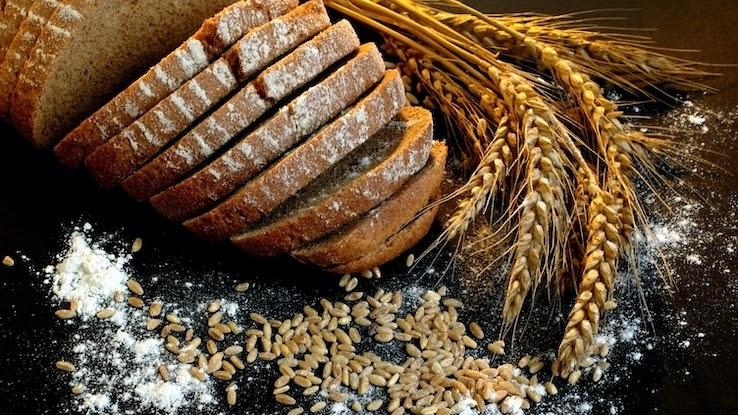
Mostly, people consume rye in bread. An easy way to eat rye is to simply buy a high-quality loaf of rye bread from your grocery store or local bakery. However, there are other ways to get rye into your meals as well. Use rye berries as a base for bowls, in salads and in soups in place of other grains. Be prepared for a much earthier flavor than wheat.
Seaweed and Algae
Some types of seaweed and algae are rich in beta-glucan, including brown seaweed and Euglena algae. The Western diet doesn’t have a lot of seaweed or algae in it naturally, which is why the beta-glucan from these sources is often extracted and added into supplements.
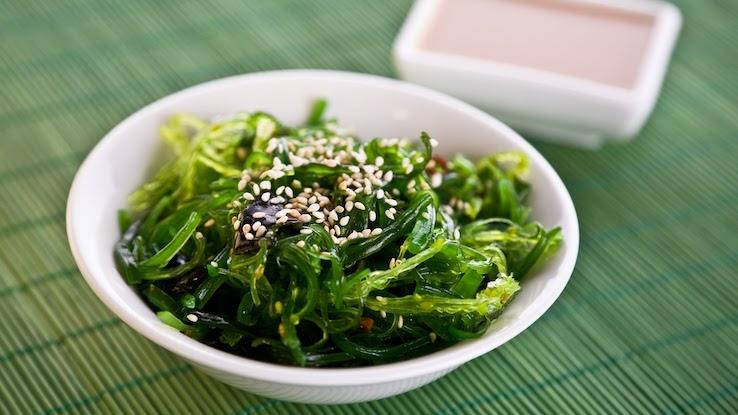
Want to start incorporating more whole seaweed into your diet to get fiber from the source? Seaweed is a common ingredient in sushi, but you’re not limited to California rolls. You can also buy seaweed and algae snacks at many grocery stores that specialize in Japanese and Korean ingredients. You can also use seaweed in slaws, salads, dressings and rice dishes or dehydrate it to make chips.
Baker’s Yeast
Yeast in general is part of the fungus family and is a living organism. Baker’s yeast is most often dry yeast that people use primarily for baking bread at home and commercially. Many kinds of baker’s yeast have high concentrations of beta-glucans that are derived from the yeast organisms’ cell walls.

For the most part, you probably won’t use baker’s yeast unless you plan on baking your own bread. However, you can try another type, called nutritional yeast, to reap the same benefits. Some people sprinkle this flaky, dry yeast on popcorn or as a healthier substitute for cheese on pasta, salads and soups. Used in this way, baker’s yeast has become popular among people who eat a vegan diet.
Resource Links:
https://www.sciencedirect.com/topics/medicine-and-dentistry/beta-glucan
https://www.accessdata.fda.gov/scripts/cdrh/cfdocs/cfcfr/cfrsearch.cfm?fr=101.81
https://medlineplus.gov/ency/article/002136.htm
https://wholegrainscouncil.org/whole-grains-101/whole-grains-101-orphan-pages-found/types-barley
https://www.ncbi.nlm.nih.gov/pmc/articles/PMC6722849/
https://www.sciencedirect.com/science/article/abs/pii/S0889157515000733
https://www.hsph.harvard.edu/nutritionsource/food-features/mushrooms/





